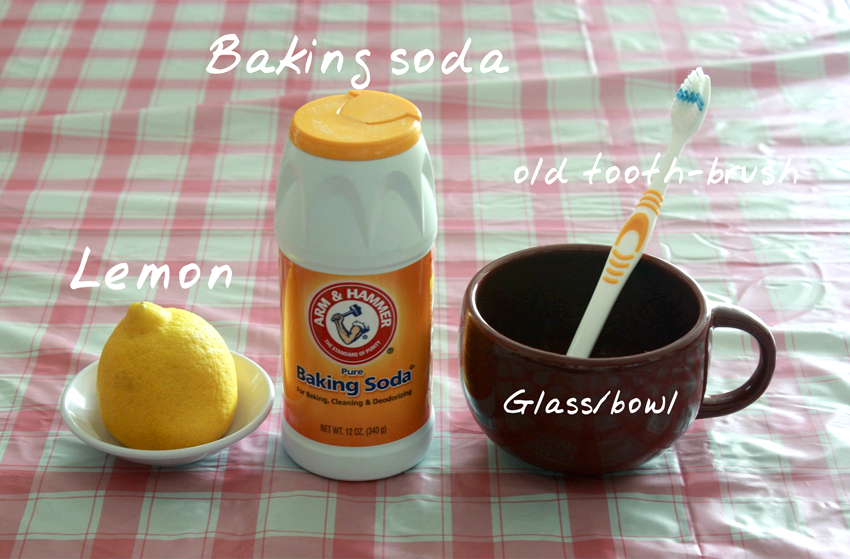
The Environmental Working Group (EWG) recently completed their 2014 listing of the safest and dirtiest fruits and vegetables to eat. Their annual study is based on FDA and USDA tests of pesticide residues on produce when it reaches the consumer.
EWG’s biggest concern at present is that the Environmental Protection Agency (EPA) is not complying with a Congressional mandate to publish an annual guide that helps people identify and avoid the foods with the highest pesticide residues that have the greatest potential to impact human health. This failure to inform the public is of greatest concern when it comes to protecting the health of children. EWG cites a 2012 report by the Academy of Pediatrics that points out that children are uniquely susceptible to harmful health impacts from these pesticide residues.
So what are the cleanest fruits and vegetables to eat? Avocados, sweet corn, pineapples, cabbage, frozen peas, onions, asparagus, mangoes, papayas, kiwis, eggplant, grapefruit, cantaloupe, cauliflower and sweet potatoes.
Which fruits and vegetables are the dirtiest? Apples, leafy vegetables like kale, collard greens and spinach, imported nectarines, potatoes, grapes, celery, cherry tomatoes, imported snap peas, strawberries, peaches, bell peppers and cucumbers.
Ideally, you want to buy organic produce as it does not have the harmful pesticides. The challenge with many of the pesticides is that they do not wash off with water.
To clean your non-organic produce, there are three recommended approaches. The simplest solution is a store bought produce spray. You can also use a mix that is 1 part vinegar and 4 parts water and soak your produce for a hour. Additionally, you may also dissolve 1 tablespoon of lemon juice and 2 tablespoons of banking soda with a cup of water and spray this mixture on your produce while being sure to leave the mixture on your produce for ten minutes, then rinse.











































